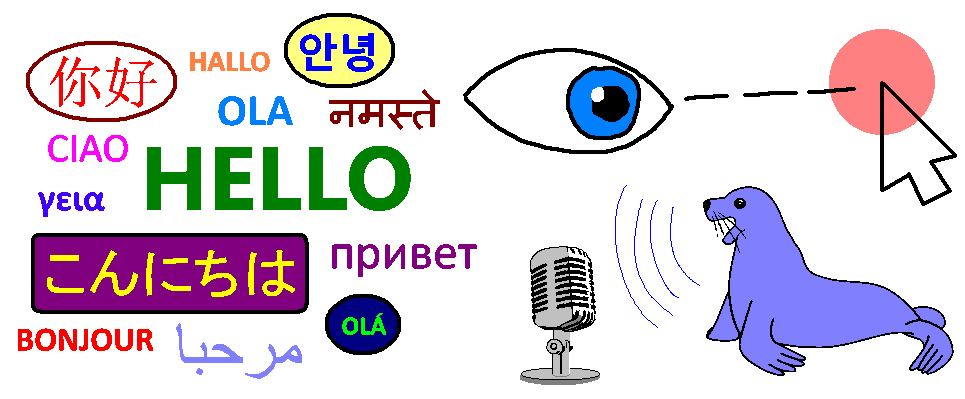

Reproductions have the virtue of being less expensive than originals, but they are not considered original artworks. The artist’s involvement is not required. Such reproductions use the same commercial printing processes used in producing magazine illustrations. Items advertised as fine-art prints or limited edition prints are sometimes photomechanical reproductions of paintings or drawings. Reproductions are often incorrectly referred to as prints. The total number of prints (or impressions) made of one image is an “edition.” The number may appear on the print with the individual print number as a fraction, such as 5/25, meaning this particular print is the fifth of twenty-five produced. Each impression is considered to be an original. Other techniques include monotypes and digital prints or combinations of more than one technique. Each technique maintains the character of the marks made by the artist during the creative process. Planographic processes include lithography and serigraphy. Intaglio processes include etchings and engravings. Common relief techniques include woodcuts and linocuts. Techniques include three basic types-the ink is on the raised parts of the printing surface (relief), in lowered grooves (intaglio) or on the surface itself (planographic). Traditionally, printing has been defined as the transferring of ink from a prepared printing surface (a wood block, metal plate or stone carrying the image) to a piece of paper or other similar material. To begin your research, look for a catalogue raisonné (a complete listing of the artist’s works), if one has been published for that artist. The condition of a print will also be an important factor in determining its market value. It can be difficult to answer these questions without taking the item to a museum print curator, auction house or certified art appraiser. Ruth Weisberg, "Parting the Waters, from the portfolio Drawn to Stone," ©1997 Ruth Weisbergĭo you have a print that you want to learn more about? Since artists often use printmaking media to create “multiples,” how can you tell whether what you own is an original print or a reproduction copy? Inventories of American Painting and Sculpture.
#Ms paint 98 embed html for personal website code
querySelector ( '.output' ) var code = textarea. getElementById ( 'solution' ) var output = document. getElementById ( 'reset' ) var solution = document.

getElementById ( 'code' ) var reset = document. You'll soon realize how helpful alt text is if the image cannot be seen. Try turning off images in your browser and see how things look. This ensures all users are not missing any of the content. However, If you really can't avoid doing this, you should supply the text inside the alt attribute.Įssentially, the key is to deliver a usable experience, even when the images can't be seen. If your main heading needs a drop shadow, for example, use CSS for that rather than putting the text into an image. You should not put your text into images. In such cases you may, either, write it inside the same element, or inside the image's alt attribute – whichever works best in your case. If you put an image inside tags, to turn an image into a link, you still must provide accessible link text. How annoying would it be for a sighted user if all paragraphs were written twice in the main content? If the image is described adequately by the main text body, you can just use alt="".

If your image provides significant information, provide the same information in a brief alt text – or even better, in the main text which everybody can see. If the image isn't part of the content, a screen reader shouldn't waste time reading it. You should use CSS background images for decorative images, but if you must use HTML, add a blank alt="". In other words, what you lose if your image doesn't show up: What exactly should you write inside your alt attribute? It depends on why the image is there in the first place. This is especially common on mobile phones, and in countries where bandwidth is limited or expensive.



 0 kommentar(er)
0 kommentar(er)
